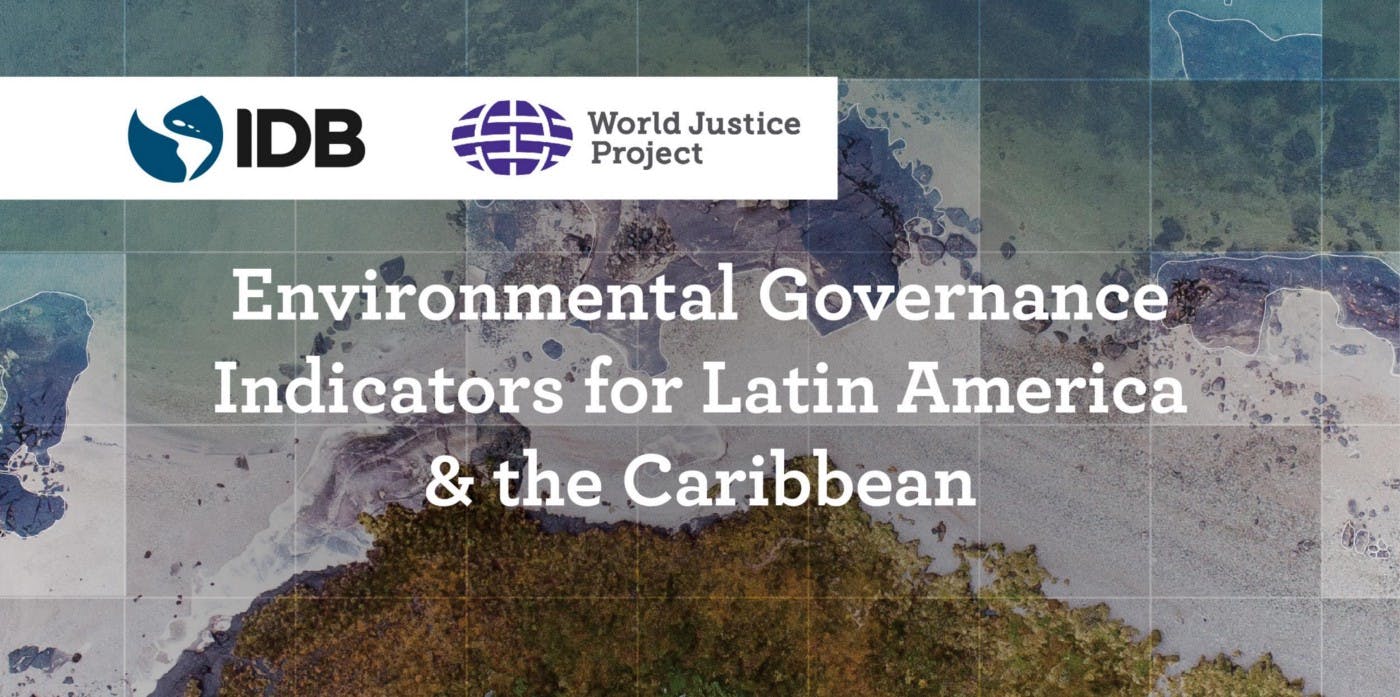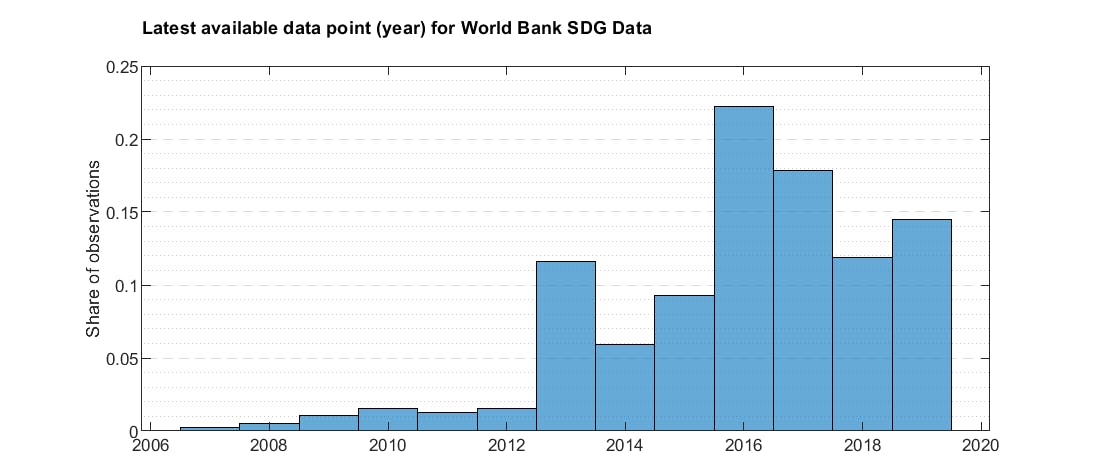Environmental governance in practice: a Latin America deep-dive

Bernhard Obenhuber
Oct 06, 2020

It’s a constant challenge for sovereign risk assessment: finding data that is up to date, and available for a sufficiently large set of countries to facilitate comparison, or which provides on-the-ground insights. This is especially challenging for the emerging area of ESG country and sovereign risk assessment, where data by and large lags behind more ‘traditional’ data such as debt or production figures.
So we were interested to see a new report from the World Justice Project (WJP), an independent organisation working to promote the rule of law, and the Inter-American Development Bank, examining the state of environmental governance across 10 Latin American and Caribbean countries.
Environmental Governance Indicators for Latin America and the Caribbeanoffers what WJP describes as the “first-ever cross-country assessment of how environmental governance functions in practice”. And we have to attest that we have not seen such a relevant data in this area before.
It offers new data on more than 100 indicators of environmental governance — ranging across regulation and enforcement, fundamental rights, access to justice, air and water and marine resources, biodiversity, and extraction and mining — in 10 countries in the region: Argentina, Bolivia, Brazil, Colombia, Costa Rica, the Dominican Republic, El Salvador, Jamaica, Peru and Uruguay.
It generates this data from an exhaustive questionnaire completed by 500 in-country lawyers, academics, NGOs and management consultants with expertise in environmental issues.
Crucially, it examines the practice of environmental governance: rather than assessing the state of legislation and regulation, it asks respondents to assess how everyday situations are resolved, such as whether environmental disputes can be effectively settled in a timely fashion through courts and administrative bodies, or whether mining companies engage in competitive bidding and contracting processes.
Its approach addresses two challenges with sovereign ESG data. The first is timeliness. We recently looked at 387 indicators provided by the World Bank as part of the SDG database. On average, the most recent data point available was from 2016. Only around 15% of indicators have data for 2019 as summarised in the chart below. Importantly, several of the indicators with more recent data (i.e. 2019) are not so much ESG indicators but rather “standard” macroeconomic figures such as GDP per capita or FDI flows that are also included in this World Bank database.

The World Bank also provides a second ESG datasetwith a narrower coverage of 67 indicators. However, the data quality picture is very similar.

Outcomes, not process
The second challenge is finding indicators that track outcomes rather than processes. It is one thing to have robust environmental and social legislation on the books; it is quite another if that legislation is poorly enforced or not enforced at all.
The report is worth reading in detail, but it has provided empirical data to evidence a number of failings of environmental governance in the region: gaps between law and implementation; enforcement challenges faced by under-resourced regulatory agencies; poor public participation; a lack of rights for environmental defenders; and poor access to dispute resolution mechanisms.
In terms of the environmental rule of law indicators, Uruguay ranked highest for regulation and enforcement, access to and quality of justice, and civic engagement, while Bolivia scored worst in those three categories.
In terms of environmental themes, Bolivia was also lowest ranked on several indicators, while Costa Rica was ranked highest on biodiversity, forestry, and air quality and climate. Uruguay was top ranked for water quality and resources and was joint top-ranked with Brazil for waste management.
The report also sets out practitioners’ views of the key challenges the region faces. For example, they see water pollution and deforestation as the most serious environmental issues, while they consider strong performance on biodiversity overall to mask specific conservation challenges. They see a lack of transparency in the mining and extractive sector.
The report and the underlying research is an impressive piece of work, and one that has involved a significant investment of time and resources. But it demonstrates what is possible with a rigorous conceptual framework and a willingness to go the extra mile when it comes to generating national-level data and insights from those on the frontline of sustainable development.
At CountryRisk.io, we have long highlighted the importance of an assessment of the policy environment (see here) and integrated qualitative risk factors in our ESG sovereign risk rating model (see our rating methodology here). The data from the WJP is a very welcome addition that we plan to integrate in our platform in the future when the data becomes available for a larger country universe.
